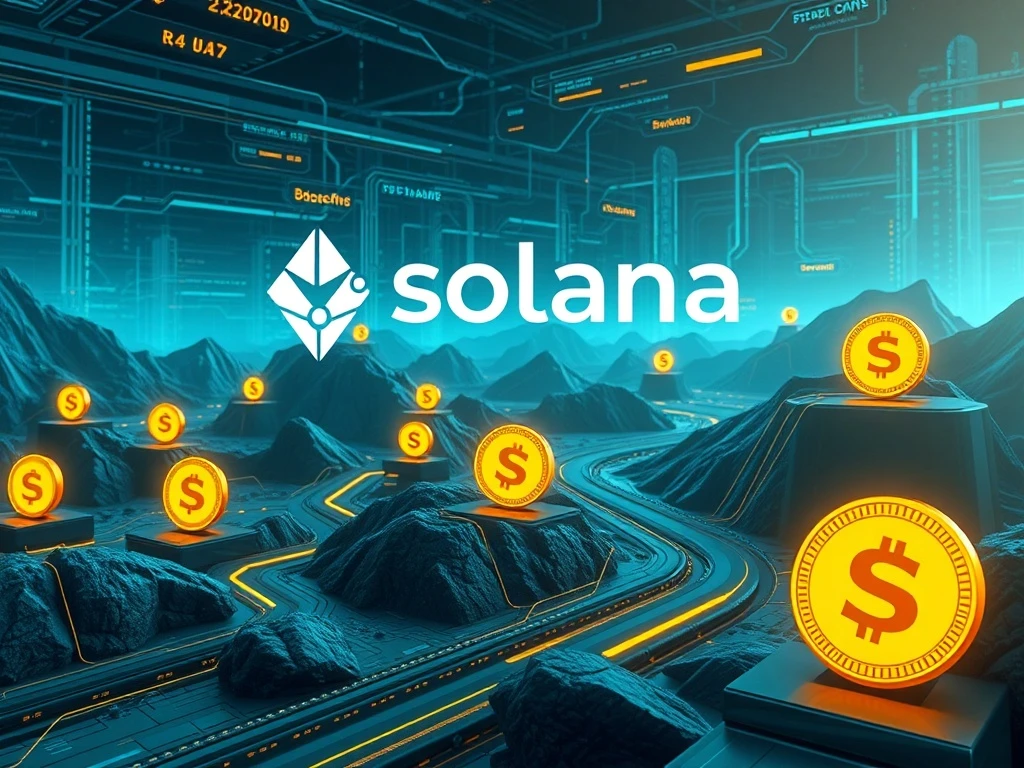Solana Breaks Records: Circle Deploys 750 Million USDC in Historic Single-Day Move

In a groundbreaking move, Circle has issued a staggering 750 million USDC on the Solana blockchain in a single day, marking one of the largest stablecoin deployments in history. This massive liquidity injection is set to revolutionize Solana’s DeFi ecosystem—here’s what you need to know.
Why Is Solana the New Hub for USDC?
Solana’s high-speed, low-cost infrastructure makes it an ideal platform for stablecoin transactions. Circle’s decision to issue 750 million USDC on Solana highlights the blockchain’s growing dominance in DeFi. Key benefits include:
- Speed: Solana processes transactions in seconds, far faster than Ethereum.
- Cost Efficiency: Lower fees make it attractive for high-volume stablecoin use.
- Scalability: Solana handles thousands of transactions per second, ensuring smooth operations.
How Does This Impact the DeFi Market?
The influx of 750 million USDC is expected to supercharge Solana’s DeFi ecosystem. Analysts predict:
- Enhanced liquidity for decentralized exchanges (DEXs) like Raydium and Orca.
- Increased borrowing and lending activity on platforms like Solend.
- Greater institutional interest in Solana-based financial products.
What Does This Mean for Stablecoin Competition?
While Ethereum remains the leader in stablecoin issuance, Solana’s rapid growth poses a serious challenge. Here’s how the two blockchains compare:
| Feature | Solana | Ethereum |
|---|---|---|
| Transaction Speed | 65,000 TPS | 15-30 TPS |
| Average Fee | $0.0001 | $1-$50 |
| USDC Issuance (July 30, 2024) | 750M | 500M |
Will This Boost Solana’s Adoption?
Absolutely. Circle’s massive USDC deployment signals strong confidence in Solana’s infrastructure. Developers and users are likely to flock to the network, further solidifying its position in the crypto space.
FAQs
1. Why did Circle choose Solana for this large USDC issuance?
Solana’s high throughput and low fees make it ideal for large-scale stablecoin transactions, ensuring efficiency and cost savings.
2. How does this affect Ethereum’s dominance in stablecoins?
While Ethereum still leads, Solana’s growing USDC supply indicates a shift toward multi-chain stablecoin distribution.
3. What are the risks of such a large stablecoin deployment?
Potential risks include network congestion (though unlikely on Solana) and regulatory scrutiny over centralized stablecoin issuers.
4. How can users benefit from this liquidity injection?
Traders and DeFi users can enjoy better slippage, lower fees, and more opportunities for yield farming on Solana.









